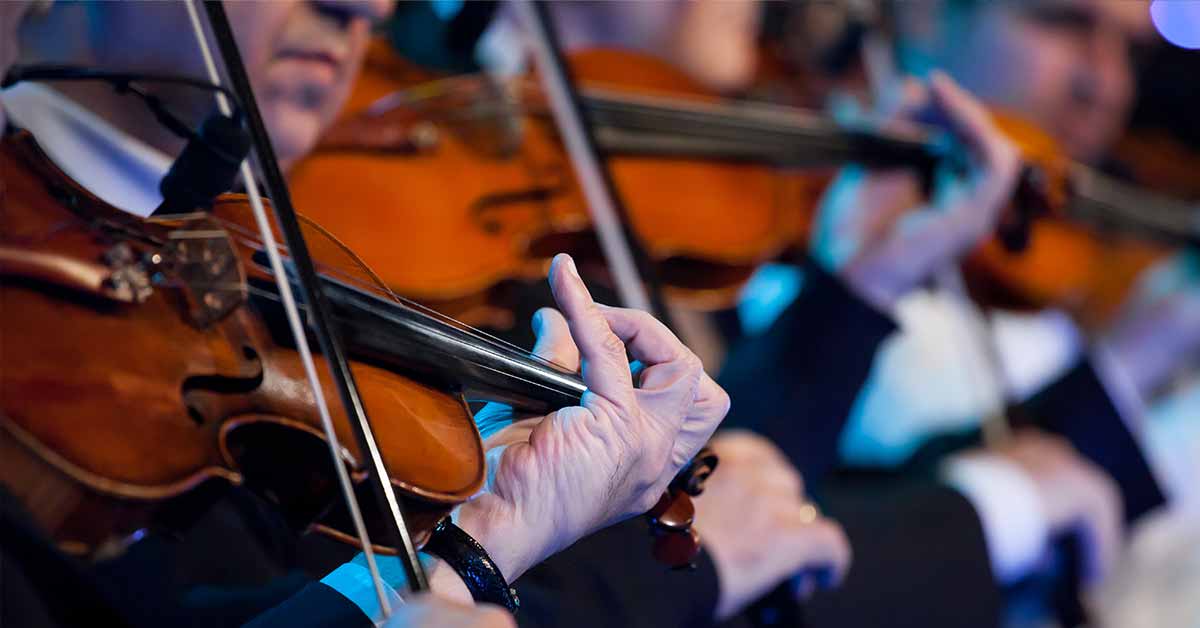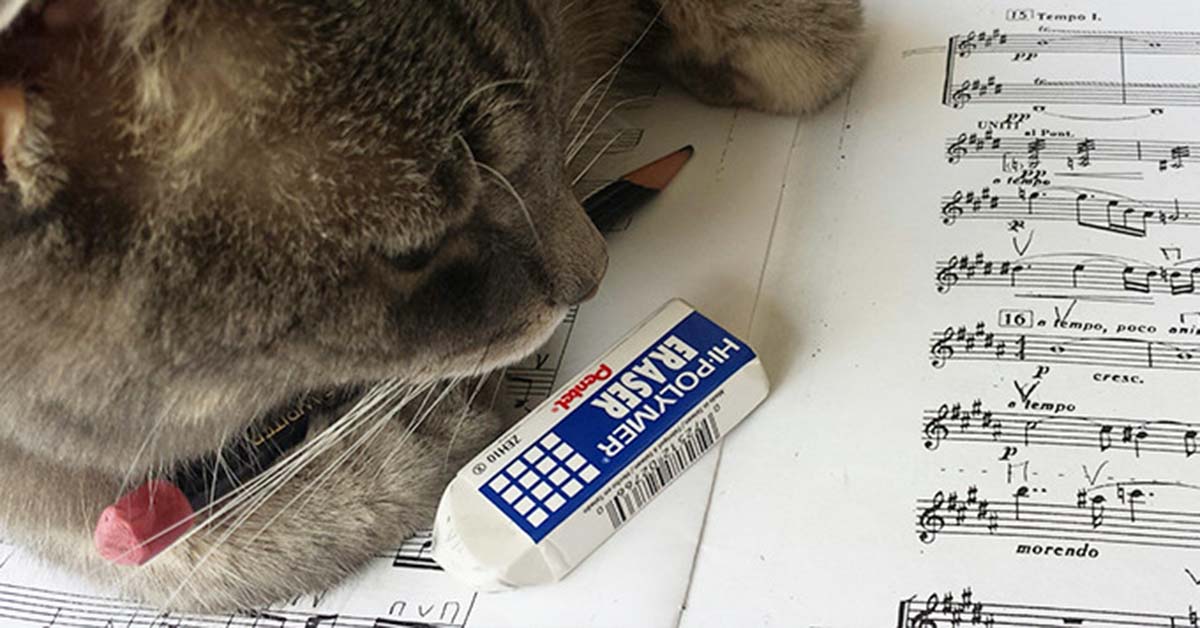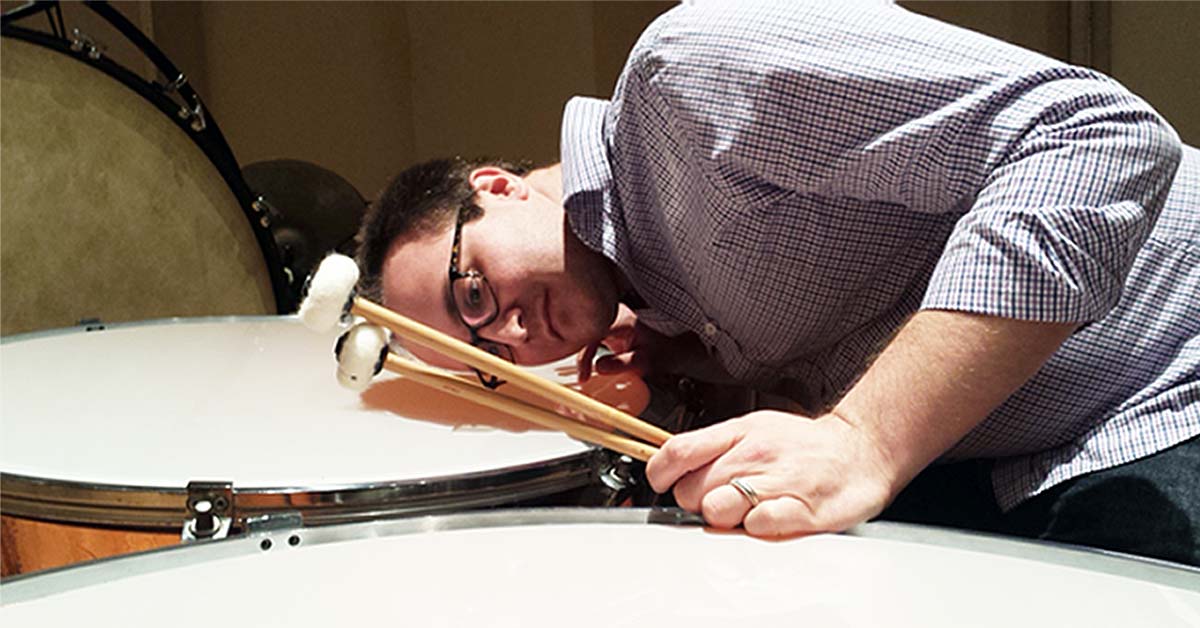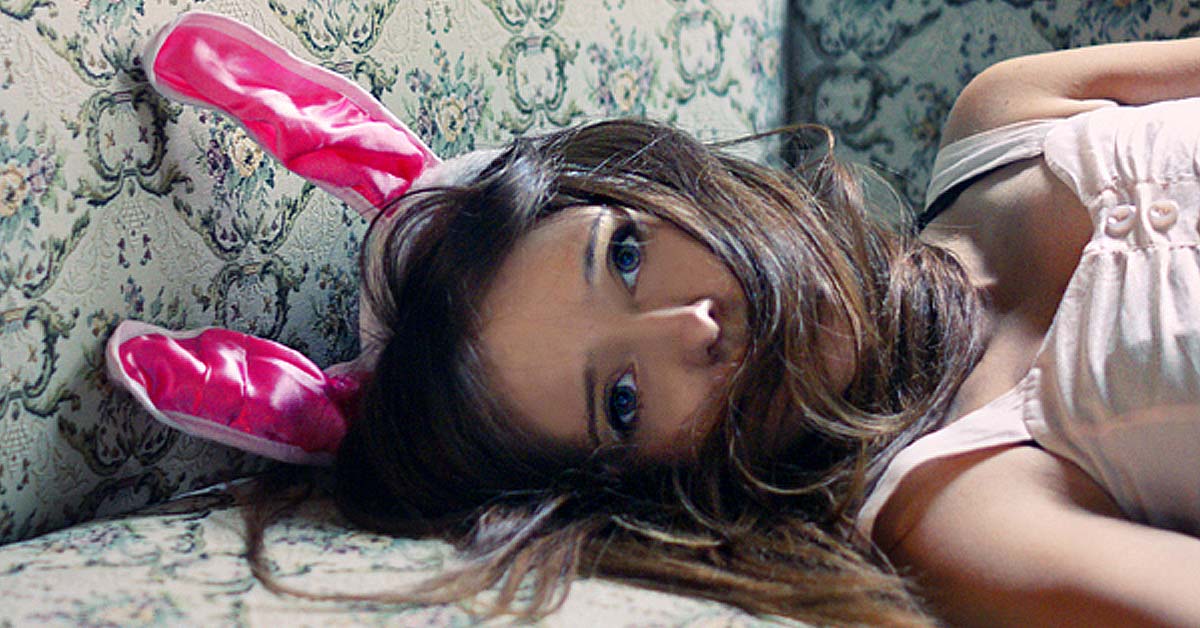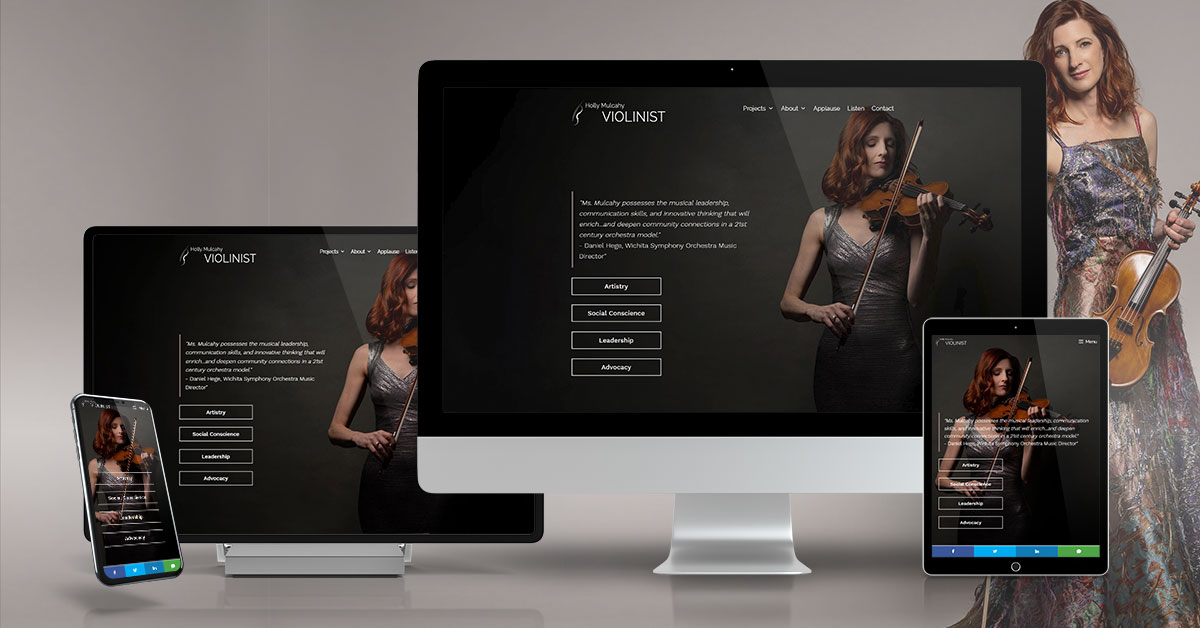“I didn’t even know what a ‘movement’ was.” My mom said as she recalled the time she took my brother and me to our family’s first symphony concert. Here’s the horror story in my mom’s words:
“We arrived early so we could direct the kids to the front row where we assumed they would have the best view. But all they could see was the conductor and a few violins and cellos. By the time we figured this out, the auditorium had filled and the music had begun.
When the orchestra stopped playing, we clapped. Only a few others joined us in feeble applause, and we finally observed that the conductor remained facing the musicians. As quiet resumed, she raised her baton, and the orchestra continued.
Twice more we applauded at what we thought was the end of the piece. And twice more, we shrank in our seats when it became apparent that the music would continue. The next time the music stopped, we decided not to clap, but now the entire audience burst into rousing applause.
This was our introduction to “movements,” as we later discovered when Holly began violin lessons and joined the school orchestra and Craig took up trombone to become part of the band. We could now sit through a symphony, program in hand, counting movements, applauding only at the proper time.”
Attending a live orchestra performance is a unique and special experience, one that can be enhanced by a partnership of sorts between the musicians on stage and the audience. However, the often unspoken “rules” about when to clap during a concert can create confusion and even lead to post-concert discussions that dampen the overall enjoyment of the event. To bridge this gap, orchestras have the power to set the stage, quite literally, by providing simple guidelines to the audience before the performance begins.
I wrote some guidelines in 2015, but wanted to add some more information and considerations for this decade.
The Unwritten Rules of Clapping
The tradition of when to clap during a classical music performance has been a topic of debate for years. While some argue for a strict adherence to silence between movements, historical evidence supports that clapping was more common in the past, even during movements. With no concrete rules in place, audiences find themselves in a perplexing situation where personal preferences clash, leading to potential embarrassment and heated post-concert discussions.
Empowering the Audience
One trend I’m seeing with a few music directors around the country is a brief and casual chat from the podium before a work is performed. Here are a few examples of agreements that can be established before a performance:
- Embracing Enthusiasm: “Welcome, ladies and gentlemen! We are delighted to have you with us tonight. This upcoming piece is a multi-movement work, and we want you to feel free to express your enthusiasm whenever you see fit. In fact, our musicians often find your applause energizing. So, feel free to clap and share in the excitement of the music.”
- Capturing Tensions and Silences: “Good evening, everyone! Before we begin, I’d like to share a brief note about the piece we are about to perform. It’s a multi-movement work, and to fully immerse ourselves in the tension and palpable silences, let’s enjoy those moments together in quiet anticipation. I’ll indicate when it’s time to applaud by lowering my arms. Let’s create a shared experience, enhancing the beauty of the music together.”
By openly addressing the issue of when to clap, orchestras can contribute to a more enjoyable and inclusive concert experience. Creating a connection between the stage and the audience through simple guidelines and agreements can foster a sense of community, ensuring that everyone can appreciate the music without fear of judgment or confusion.
The other side of the coin is the seasoned concertgoer who may feel that their perceived rules or traditions they’ve enjoyed for decades are the proper and only way. Any deviation from the “rules” (keep in mind, there are no rules only traditions), is blasphemous.
Alienating these patrons is something to take into consideration as well since they are likely the longtime supporters of a symphonic organization.
How can their concerns be addressed, while protecting the newcomers from feeling shamed for clapping in the “wrong” place?
Perhaps this message:
“Good evening, esteemed audience! As we embark on this musical journey together, we acknowledge the rich tapestry of experiences present in this hall. Some of you may have grown up with specific traditions regarding when to applaud, while others might be attending their first concert. Let’s celebrate this diversity and remember that the joy of music unites us all. Let’s appreciate why we’re all here!”
Regardless, I ask you this: What would you rather hear after a boisterous and energetic movement? Coughing or clapping. Most musicians, including me, feed off the energy! In all my years of performing, nothing extracts the joy and energy out of a performance faster than watching an audience forcing restraint after something like Tchaikovsky’s piano concerto first movement. To feel an audience resisting expression of joy or excitement only to cough is exactly the antithesis of joy and energy.
And for the argument of “clapping disrupts the silence between movements!” Tell me how coughing is better or different by watching this video.
Lastly, all of this talk about movements begs the question: Where does that word even come from? No other musical genre uses the word Movement, yet everyone tosses that term around as if they know the meaning and history.
Here’s a wonderful short video about the history of the movement. Turns out, it’s from the Renaissance dance periods where dances had certain “movements” required to complete the dance. As stated in the video, a more modern way to look at the term “movement” is to enjoy how the music moves you.
As the CEO of the Dallas Symphony, Kim Noltemy, elegantly writes in her recent Dallas Morning News OpEd:
When people clap between movements it can mean many things. The playing in that movement could have been so spectacular, passionate, and meaningful, that the audience felt the visceral or spontaneous need to applaud. Even the most knowledgeable about concert protocols sometimes feel that urge. It could also mean that there are people in the audience who are at their first concert or rarely go to concerts. These audience members are excited and want to express gratitude, enthusiasm, and admiration. They may have no idea that clapping would be seen as a problem by more experienced concertgoers….I know some of our most loyal patrons can be aggravated by the interruption, but honestly, it is a victory for the DSO to have a critical mass of new or less-experienced attendees in Morton H. Meyerson Symphony Center each week. We are successful when those who are not steeped in classical music want to come to the DSO to hear Beethoven, Mozart, Tchaikovsky, or any other composer.



